Your code is correct but you should probably look at the origins of your scene. Are your sure you can see your shape?
By default, a scene’s origin is placed in the lower-left corner of the view. So, a default scene is initialized with a height of 1024 and a width of 768, has the origin (0,0) in the lower-left corner, and the (1024,768) coordinate in the upper-right corner. The frame property holds (0,0)-(1024,768).
Suppose you have this example using your question code:
let tileSize = CGSizeMake(150.0,150.0)
// Your code:
let isometricPath = CGPathCreateMutable()
CGPathMoveToPoint(isometricPath, nil, 0, -(tileSize.height / 2))
CGPathAddLineToPoint(isometricPath, nil, (tileSize.width / 2), 0)
CGPathAddLineToPoint(isometricPath, nil, 0, (tileSize.height / 2))
CGPathAddLineToPoint(isometricPath, nil, -(tileSize.width / 2), 0)
CGPathCloseSubpath(isometricPath)
This path represent a rhombus shape.
Now if I want to draw this shape I can do:
let shape = SKShapeNode.init(path: isometricPath)
shape.strokeColor = SKColor.yellowColor()
shape.fillColor = SKColor.blueColor()
self.addChild(shape)
But nothing is showed because my scene origin start from 0.0 and your shape have negative values.
To show my rhombus I can simply change the scene anchorPoint to:
self.anchorPoint = CGPointMake(0.5,0.5)
This centers the scene’s origin in the middle of the view (Apple docs) and you can see your tile:

Now suppose you want to know if a point is inside your shape:
let locationInNode = CGPointMake(tileSize.width/15,tileSize.height/15)
// this point is definitely inside the rhombus
I want to show this point simply for debug:
let circle = SKShapeNode.init(circleOfRadius: 5)
circle.strokeColor = SKColor.whiteColor()
circle.fillColor = SKColor.whiteColor()
self.addChild(circle)
circle.position = locationInNode

Now we can check if this point is inside the rhombus:
let isometricPathRef = isometricPath as CGPathRef
print(CGPathContainsPoint(isometricPathRef, nil, locationInNode, true))
Output:



